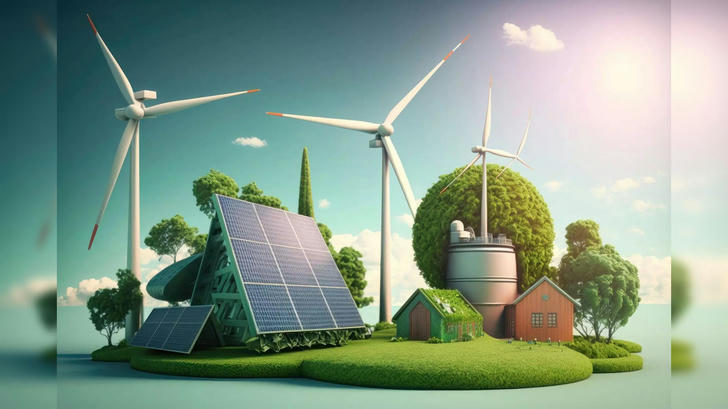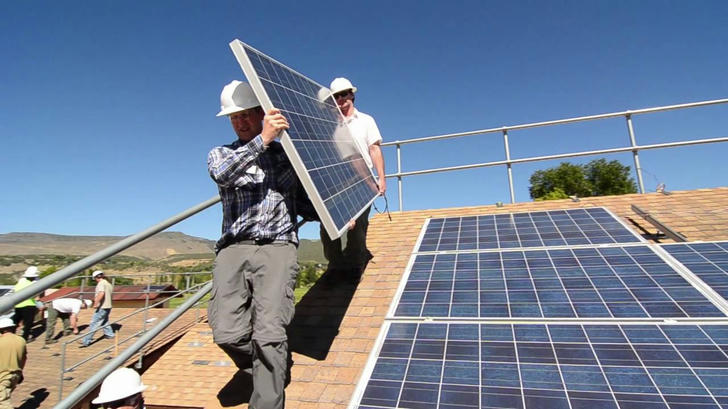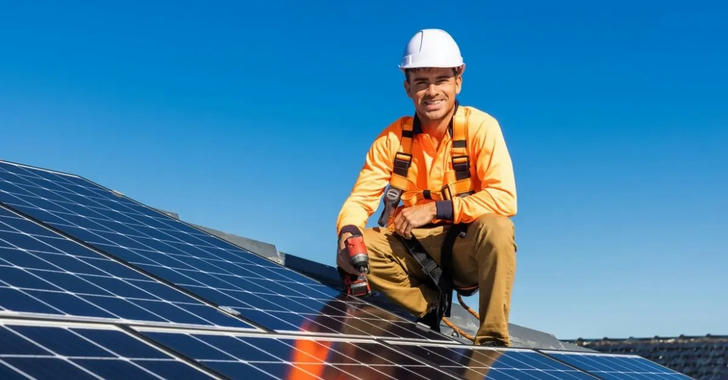Fast-Track Green Energy Careers Through Solar And Wind Technology Fundamentals
The transition to sustainable energy sources has created a surge in demand for skilled technicians in solar and wind industries. Rapid training programs designed to impart foundational knowledge in photovoltaic systems, turbine mechanics, and grid integration can open doors to lucrative and future‑proof careers. Whether you are new to technical fields or seeking to pivot into green energy, this comprehensive guide unveils the core concepts, pathways, and practical steps to fast‑track your entry into solar and wind technology roles.

1. Overview of Green Energy Careers
Green energy jobs encompass a range of roles, from solar panel installers and maintenance technicians to wind turbine service engineers and system analysts. Key drivers include government incentives, corporate sustainability goals, and declining technology costs. Entry‑level positions often require a blend of technical training, safety certifications, and hands‑on practicum.
2. Solar Technology Fundamentals
Training programs typically start with photovoltaic (PV) principles: how sunlight is converted into electricity via semiconductor cells. Core topics include:
- PV System Components: Modules, inverters, racking, and wiring methods
- Site Assessment: Evaluating sun exposure, shading analysis, and panel orientation
- Electrical Safety: Lockout/tagout procedures, circuit protection, and NEC compliance
Practicums involve mounting panels, wiring arrays, and troubleshooting inverter faults in simulated field environments.

3. Wind Technology Fundamentals
Wind energy training covers aerodynamic theory, mechanical systems, and electrical generation. Essential modules include:
- Turbine Anatomy: Blades, nacelle, gearbox, generator, and yaw mechanisms
- Structural Maintenance: Blade inspections, lubrication cycles, and tower climbing safety
- Grid Connection: Power electronics, SCADA monitoring, and fault diagnostics
Hands‑on labs simulate blade repairs, torque wrench calibration, and computerized control system adjustments.
4. Training Pathways and Certifications
Popular pathways include technical school certificates, community college associate degrees, and industry‑recognized credentials such as NABCEP (North American Board of Certified Energy Practitioners) for solar or GWO (Global Wind Organisation) for turbine technicians. Apprenticeships blend classroom lectures with structured on‑site rotations under certified mentors.
5. Program Structure and Duration
Most accelerated green energy programs span 8 to 12 months, comprising:
| Module | Duration | Focus Area |
|---|---|---|
| Introductory Theory | 4 weeks | Basic electrical and mechanical concepts |
| Solar PV Installation Lab | 6 weeks | Panel mounting, wiring, safety drills |
| Wind Turbine Maintenance | 6 weeks | Mechanical repairs and diagnostics |
| Field Practicum | 8–12 weeks | Real‑world site rotations with mentors |
| Final Competency Evaluation | 2 weeks | Written exam and practical demonstration |
Successful graduates earn certificates and eligibility for entry‑level technician positions.
6. Benefits of Fast-Track Programs
- Rapid Entry: Shorter timelines than traditional degrees
- Paid Apprenticeships: Many programs offer stipends during field rotations
- High Demand: Immediate placement opportunities in booming markets
- Career Growth: Pathways to supervisory and technical specialist roles
7. Eligibility and Enrollment
General prerequisites include:
- High school diploma or equivalent
- Basic math and physics proficiency
- Clean background check and valid driver’s license
To enroll, research accredited programs, complete applications, and attend information sessions. Some providers offer financing options or scholarship grants.
8. Career Advancement Opportunities
Entry‑level technicians can transition into roles such as:
- PV System Designer
- Wind Farm Site Manager
- Renewable Energy Analyst
- Maintenance Supervisor
Further education in electrical engineering or sustainable energy policy can unlock management and consultancy positions.

9. Tips for Success
- Engage actively in labs and field modules to build confidence
- Network with industry mentors and join professional associations
- Stay updated on federal and state incentive programs
- Practice safety protocols meticulously to reduce on‑the‑job risks
10. FAQs
Do I need prior electrical experience? Many programs accept beginners, providing foundational coursework. Are online components available? Hybrid models combine virtual theory classes with in‑person labs. What is the job outlook? The U.S. Bureau of Labor Statistics projects 11% growth in renewable energy technician roles through 2030.
Embark on a pathway that aligns with global sustainability goals and secures your professional future. Fast‑track your green energy career today.
